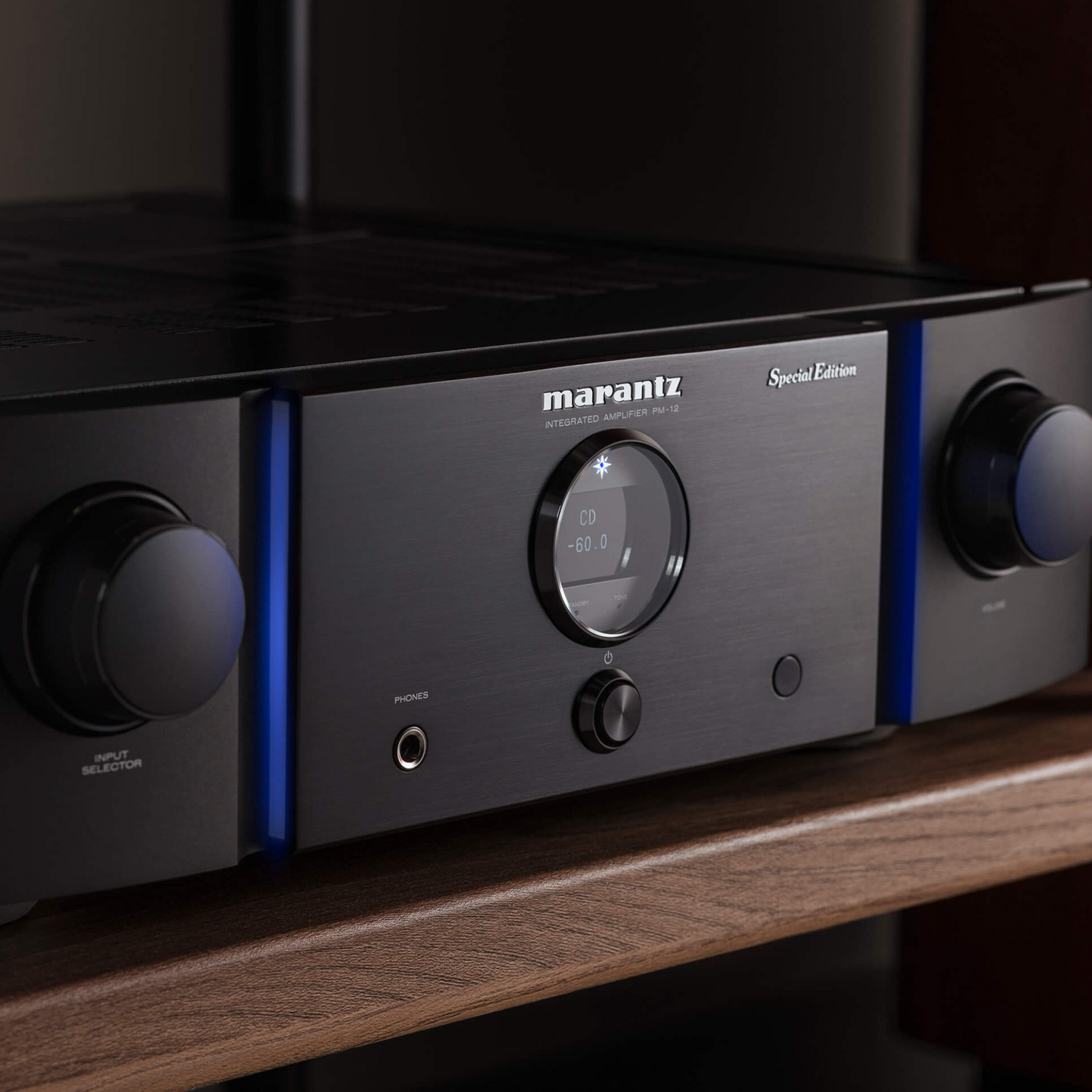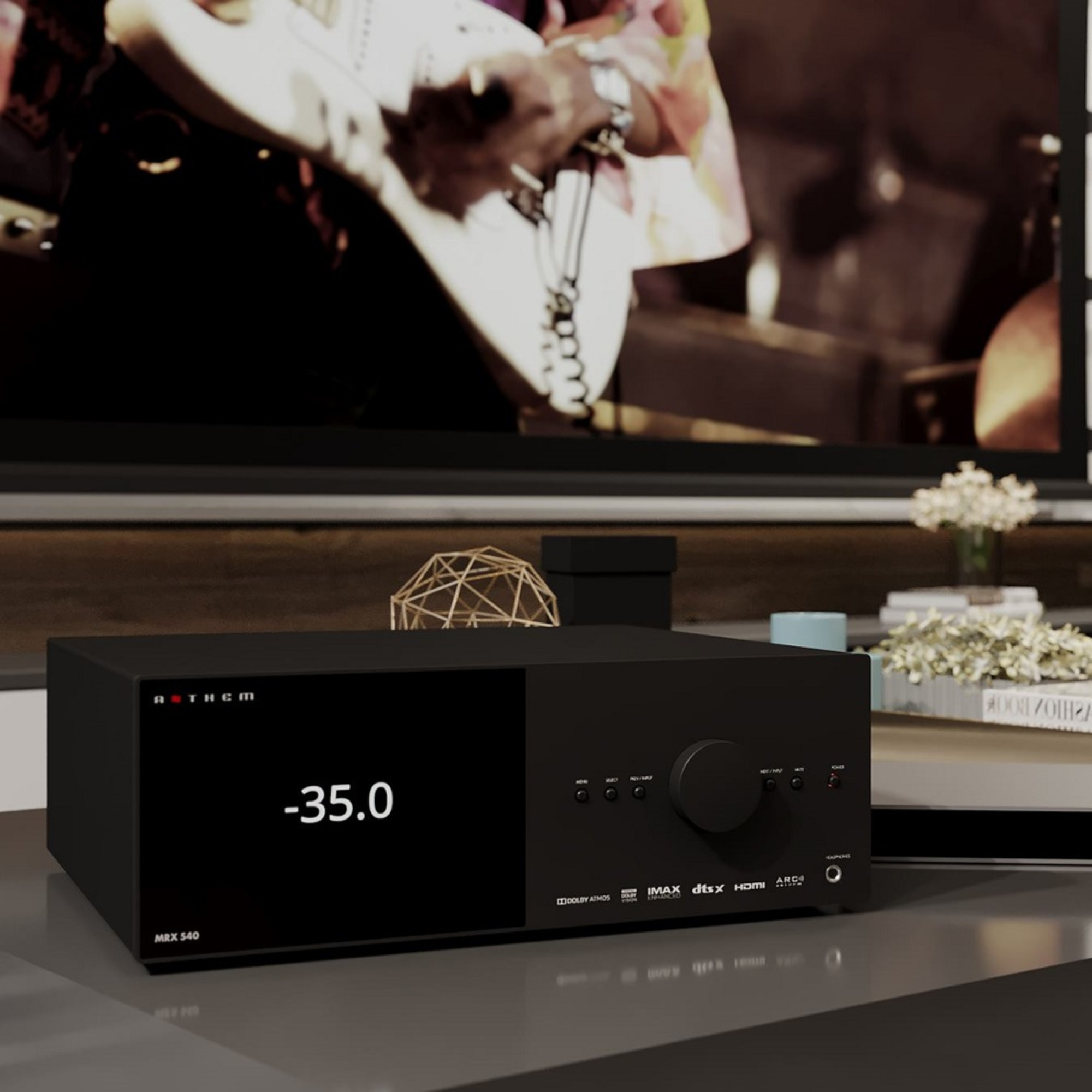We like the convenience of plug-and-play systems as much as the next guy, but there’s more to get the most out of dual amplifier speaker set than just putting them into a hi-fi rack, connecting the speakers, and cranking the volume. For instance, where would you put it? What are the most efficient means of linking them? Is there a way to go up the ranks?
Impedance
The impedance of a circuit is the resistance it has to electrical current, and it is measured in ohms. An amplifier speaker box will “impede” the current when connected to an amplifier.
Finding out your speakers’ nominal impedance is the first step. The technical specs for your speakers will include the nominal impedance. The nominal resistivity of a speaker is often printed on the speaker’s label. Most speakers have a nominal impedance of 4, 8, or 16 ohms. Check out the Amplifier Speaker Price.
If You Want Greater Sound, Go for A Higher Wattage
The wattage rating of your amplifier indicates its electrical output. The rated powers of your speakers may be found on the back of the device, usually next to the ports. Choose an amplifier with a rating 10 per cent greater than your speakers need for optimal performance.
High-quality mini amplifier speaker audio may be produced in a car with as little as 100 watts per speaker. If a speaker is certified at 90 watts, you should use a 100-watt amplifier.
Power
The pace at which energy may be transported is referred to as “power” and is quantified in watts. Another thing you may learn from the specs is how much power your speaker can handle. In all likelihood, some different power ratings will be provided. The peak power rating of speaker amplifier for home indicates how much power it can safely take for a short period. Instead of constant power ratings, some manufacturers may employ RMS or AES requirements.
Buying a Stereo Amplifier for Your House
The input-selection preamp and the JBL Amplifier Speaker are housed in the same enclosure with an integrated amplifier. An integrated amp is a great option if you are looking for a simple audio solution on a tight budget.
Count of Available Stations
If you are utilising a 70V/100V audio system, you can get away without having a dedicated channel for each speaker. Each pair of speakers with a unique signal needs its amplifier channel. You should choose the inbuilt amplifier speaker that can provide at least double the continuous power level of the speaker you want to use it with. The increase in volume caused by doubling the power is merely three decibels. Because of this, the amplifier can drive the speaker with the right amount of power without risking damaging its input stage.



